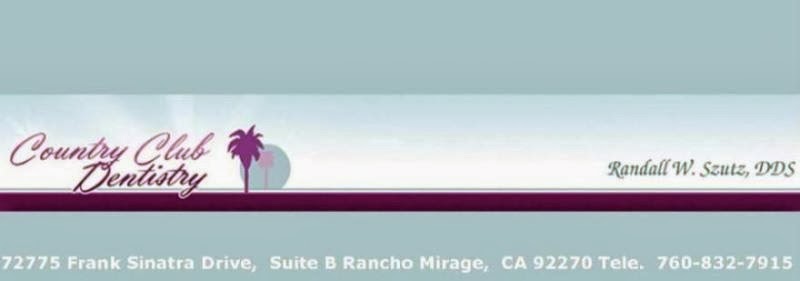If you have old fillings,
whether they are silver amalgam or tooth colored resin fillings, it’s time to
schedule an appointment with your dentist who can make sure that your old
fillings are as sound as they used to be.
Even though the jury
is still out when it comes to silver amalgam fillings, some claim that the
mercury used in the silver amalgam fillings can make you physically ill, old
fillings still need to be replaced. Although silver amalgam fillings can last
about 10 years, with resin fillings holding up for about five or six, much can
occur if you do not see your dentist to have your old fillings checked for
chips, cracks and leakage.
Most people have no
idea that cracked; chipped or leaking fillings can cause additional decay. If
you have old fillings, new dental caries can form in the tooth, even if it has
been filled before.
When you schedule an appointment
with your dentist, x-rays will be taken so that your dentist can check the
integrity of your old tooth colored and silver amalgam fillings. Your dentist
will also conduct further investigations to determine if you have any cracks, chips,
or leakages in your old fillings.
If your dentist
discovers that your old fillings need to be replaced there are some options for
you to consider. Your replacement fillings can be fashioned out of gold, and
although it is one of the best replacements, is no longer as stylish because of
the color. Other filling replacement materials include tooth colored bonding
materials, or fillings made out of tooth colored porcelain. Before you decide
on a replacement filling, discuss your filling options with your dentist who
will be able to determine what tooth filling material would be best for your
particular needs.
If you are a tooth
grinder, you may be better off having your dentist replace your fillings with
gold restorations as porcelain and bonding materials tend to fracture, chip,
and break more easily. Your dentist will also consider how much of the tooth
structure has been lost because of decay before deciding on filling replacement.
When it comes to old
fillings, they may not give you any pain if you have cracks, chips, leaks, or
breaks. Only a dentist can determine if your old fillings need to be replaced. Schedule an appointment with your dentist today.
